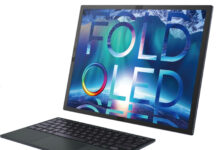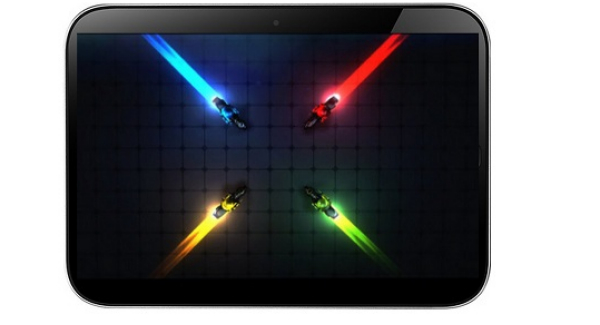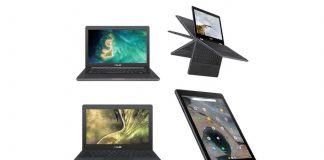Today I attended the long awaited Asus Padfone 2 launch event in Milan – Italy. Compared to the previous generation, the improvements in the new Asus Padfone 2 smartphone/tablet hybrid are defining a new generation of mobile devices with performance close to PC standard.
Faster, easier, more reliable, more durable, are just some of the advantages the Asus Padfone 2 brings over the previous generation. The new smartphone / tablet hybrid is powered by a quad-core configuration, with a Snapdragon S4 Pro chipset and 2 GB of RAM. It is one of the fastest, if not the fastest handset for the moment. Asus focused on improving every aspect that defines a mobile device. From the sound quality to the photos, everything was adjusted so that the Padfone 2 can approach perfection.
Padfone 2 will work in both the standard EDGE / GPRS and LTE including in Europe. The screen for both the smartphone and the Station represents a significant improvement over the previous generation. They used IPS + technology for the smartphone – 1280×720 resolution (4.7-inch) and the standard IPS for the Station – (10.1-inch) at 1280×800 resolution. The terminal will be offered in versions with internal memory of 32 or 64 GB. One of the strengths of the Padfone 2 is the 13MP resolution rear camera that uses a module manufactured by Sony with BSI thechnology. In addition an improved shooting mode for video at 30 frames per second and burst mode for pictures at 6 frames per second. The Sonic Master technology has been included for both the Padfone 2 and the Station, which brings outstanding audio quality. Asus has implemented a new more ergonomic and reliable way to insert the Padfone 2 into the Station and it’s both efficient and very safe. The device does not have Gorilla Glass, but thanks to its efficient docking system, scratches and cosmetic wear will be prevented.
Some disadvantages compared to the previous generation: the lack of a microSD card slot, proprietary cable to connect through USB and HDMI output (eventhough an adapter is included) and non removable battery. Here we can also include the lack of Gorilla Glass protection for the sartphone. Below you can see the Padfone 2 (left) compares next to the previous generation Asus Padfone (right). Asus particularly was keen on improving the autonomy for both the smartphone, which now comes with a 2140 mAh battery, and the Station – 5000 mAh battery. The terminal will provide with power saving options activated up to 16 hours of talk time in 3G, and a standby time also in the 3G network of up to 352 hours. The smartphone and the tablet weight only 135g – 514g. Together they do not exceed 649g.
The Padfone 2 comes with Android 4.0.4 ICS but by November, the expected date for availability in Europe, it will run Android Jelly Bean. The price for the Padfone 2 + Station – 32GB version – will be around 799 euros and the 64 GB version will cost 899 Euros. The prices may vary depending on vendors and mobile network providers.
Post Footer automatically generated by Add Post Footer Plugin for wordpress.


















